Metadata is Like Packaging: Seeing Beyond the Library Card Metaphor
Ontotext
MARCH 19, 2021
way we package information has a lot to do with metadata. The somewhat conventional metaphor about metadata is the one of the library card. This metaphor has it that books are the data and library cards are the metadata helping us find what we need, want to know more about or even what we don’t know we were looking for.

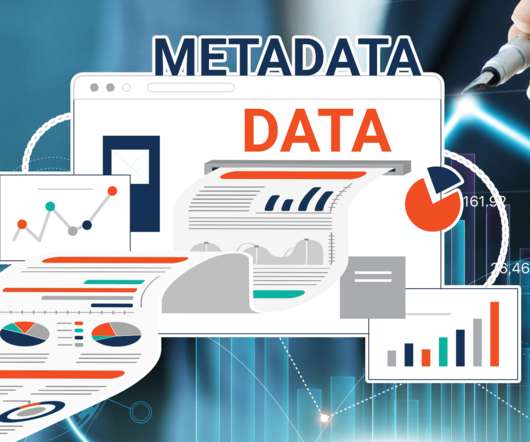
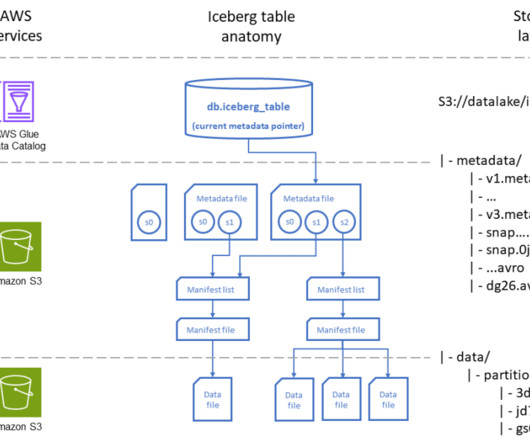

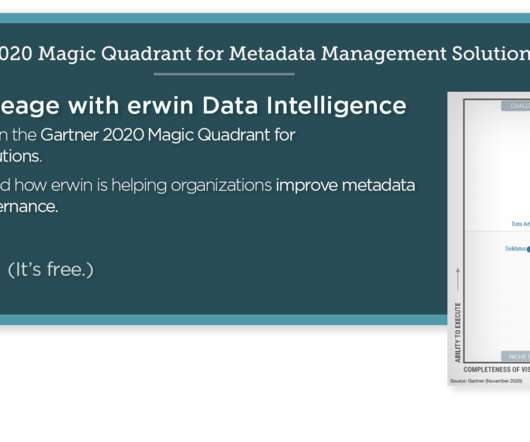



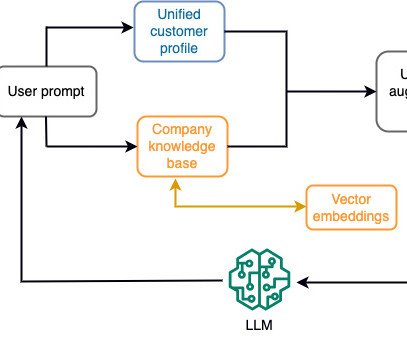

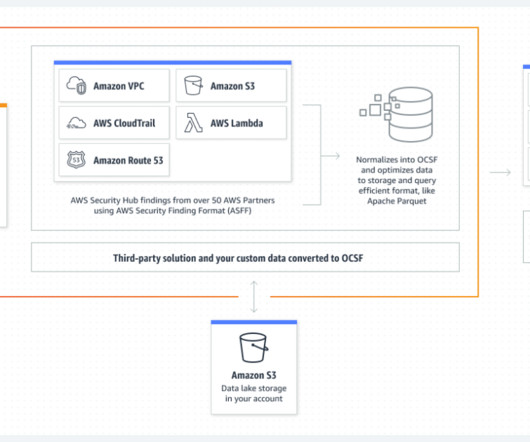








Let's personalize your content